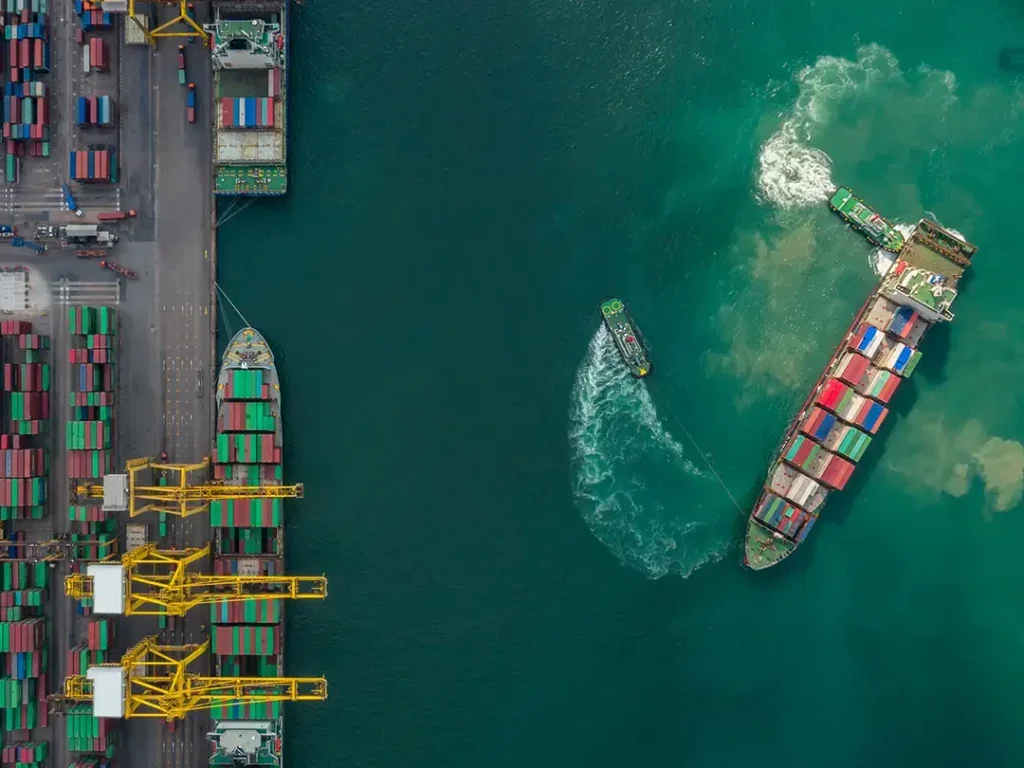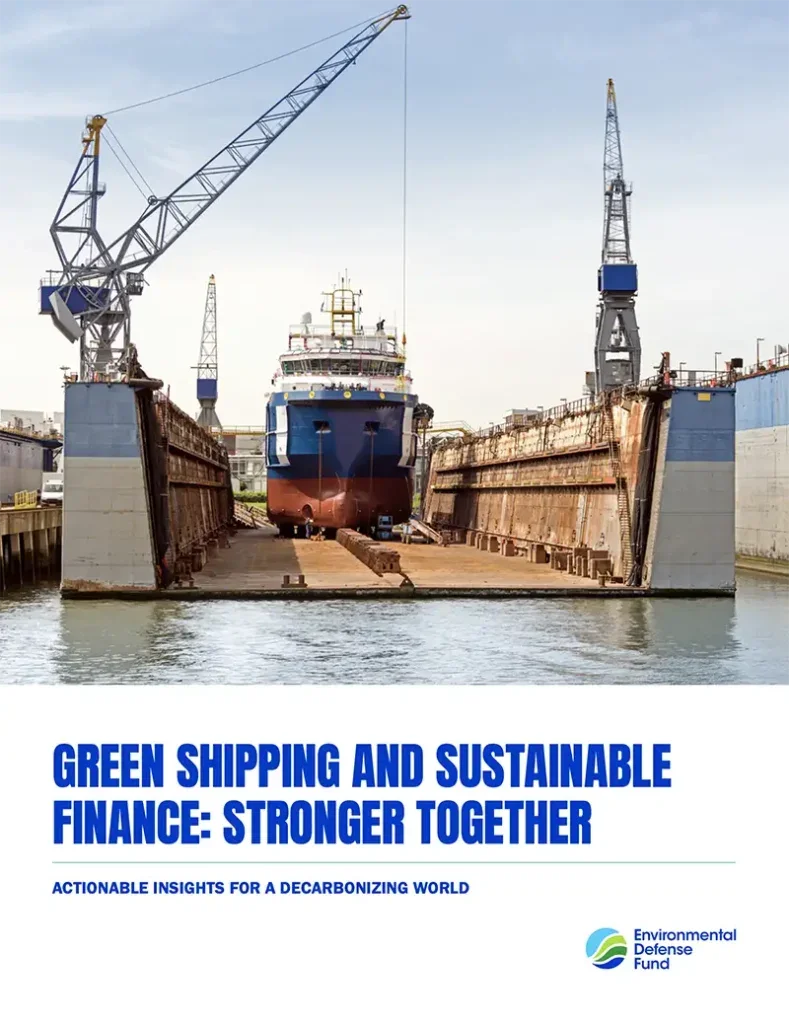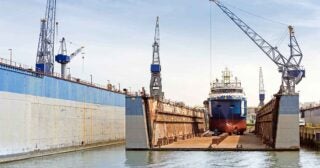- Resources
- Green shipping and sustainable finance: Stronger together
Resources
Green shipping and sustainable finance: Stronger together
Published: June 25, 2024 by Nicki Harrison, Dana Rodriguez, Guillaume Morauw
In 2023, the global shipping industry raised its collective climate ambition with a new International Maritime Organization objective of reaching net zero by or around 2050. Decarbonising the global shipping fleet will require capital for cleaner vessels and fuels, engine retrofits, and energy saving technologies.
Public financial support schemes will play a role in this transition, but most capital investment in shipping is supplied by the private sector. The cost of the fleet transition is estimated at $8bn to $28bn per year, with new fuel infrastructure costing an additional $28 bn to $90 bn. European banks, as leading financiers of the maritime industry, have a pivotal role to play in facilitating this transition by accelerating funding for green shipping initiatives.

Understanding the key barriers to shipping transition finance is critical to overcoming them. The report explores these challenges and pathways to address them:
- Financing retrofit and energy efficiency technologies is hampered by loan security challenges. Attracting financing is a challenge as banks are hesitant to lend for smaller amounts and against assets that are already encumbered by other finance providers.
- Shipping may not fit with banks’ green finance ambitions. Banks often focus on short-term decarbonisation at the expense of supporting the transition of the real economy.
- Clean vessels face higher financing costs, but conventional vessels may be exposed to unpriced climate risk. Credit risk assessments may underestimate the financial threats to conventional vessels.
- Lack of clarity and infrastructure for clean fuels impede green investment. While a growing number of new ships have dual-fuel capabilities, they will continue running on conventional fuels until there is greater technological consensus and infrastructure capacity.
Green Shipping and Sustainable Finance: Stronger Together
With shared ambitions to reach net zero, the shipping and finance industries must work together to accelerate sustainable shipping finance.



